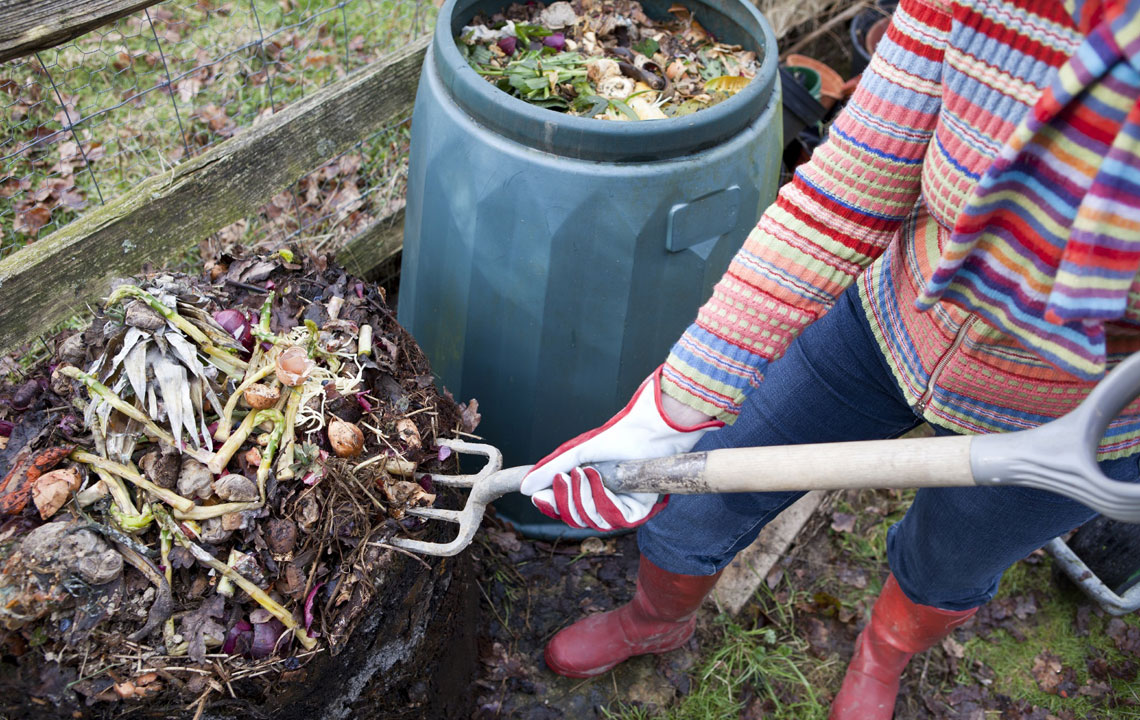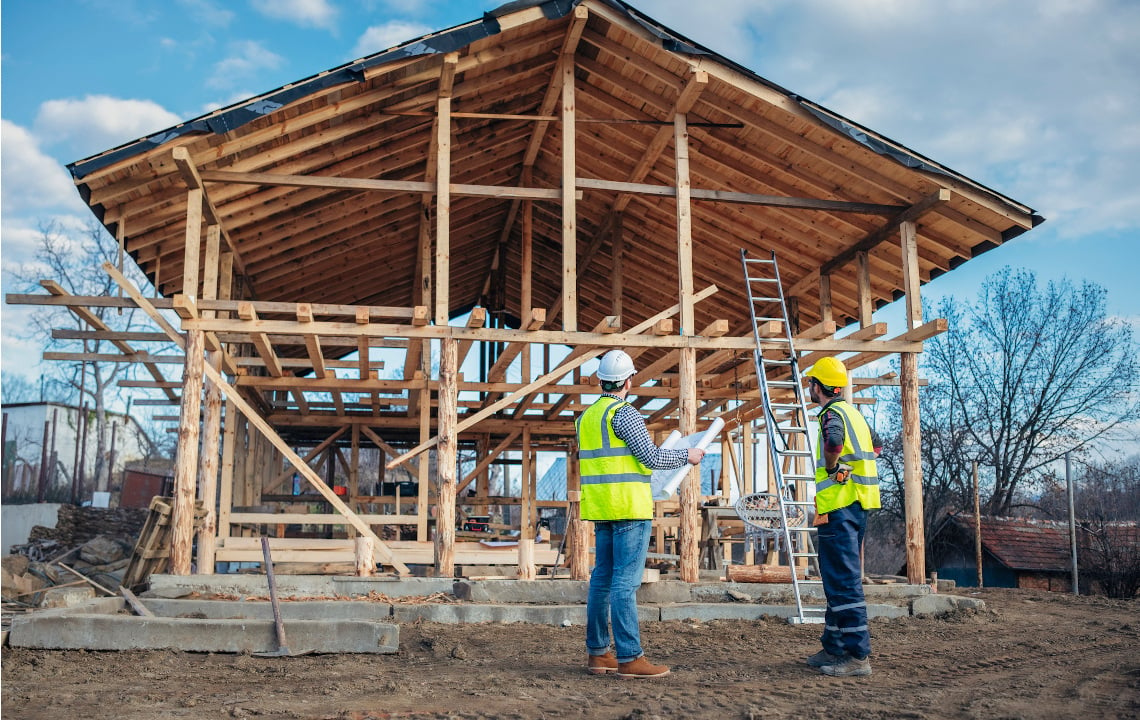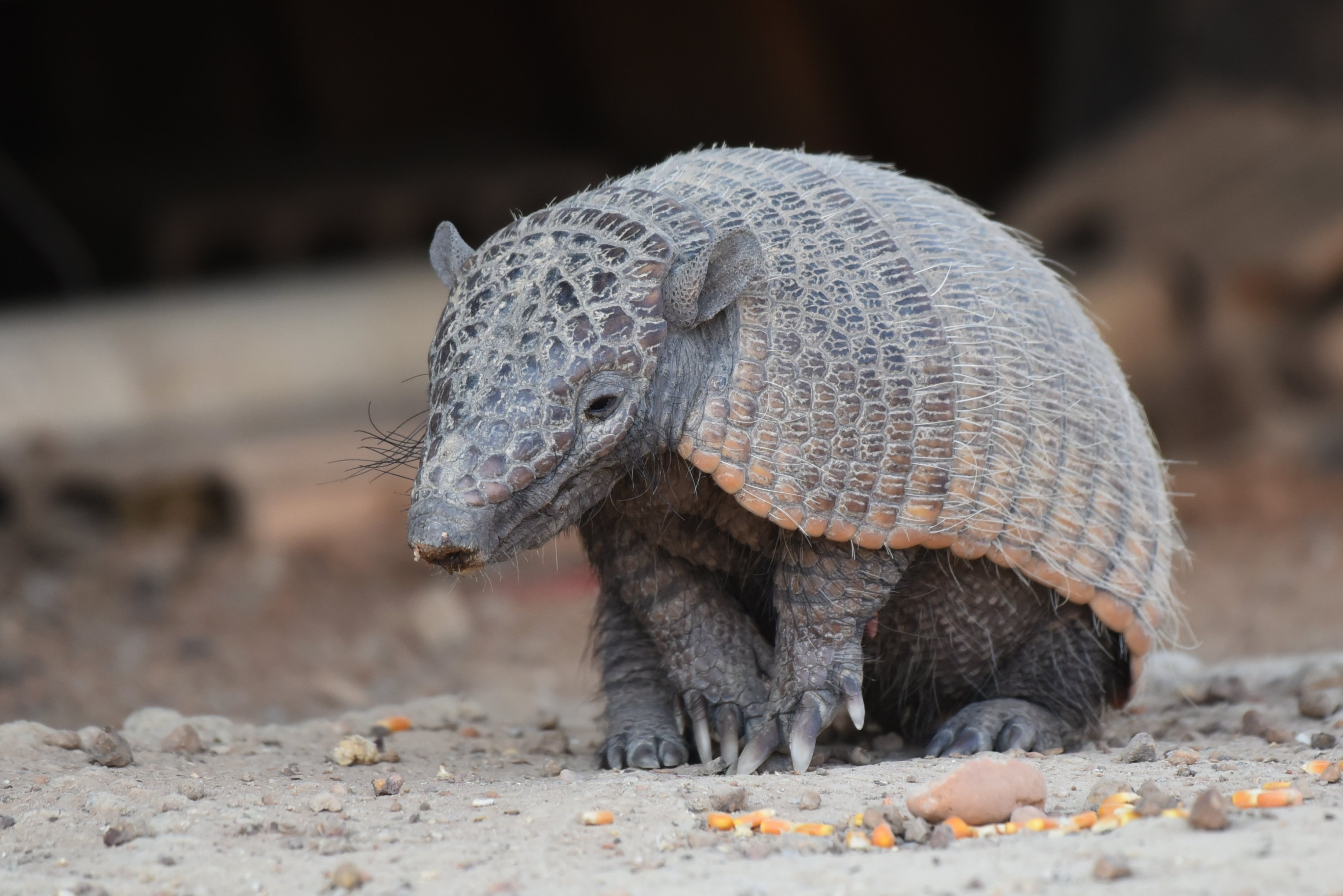It seems like a no-brainer. You’ve got property, you’ve got kitchen scraps, tons of leaves, grass clippings, and other biodegradable items.
You want to live in harmony with nature, go greener, and produce less waste.
You see a composter at Home Depot and think, "Oooh. I have property now, what a perfect way to reduce my carbon footprint."
Composting sounds easy, and it can be.
Just Google it and you’ll find endless tutorials on how to cultivate the quintessential compost mix for your garden.
But there is the small, often trivialized matter no one really likes to talk about: RODENTS.
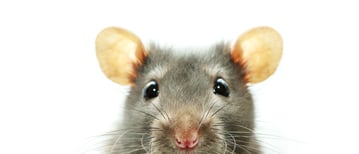
Specifically filthy, germy, creepy little (and BIG) rats. With babies. Nesting in my sacred, save-the-earth compost bin.
I don’t know about you, but I am absolutely rat-phobic. I can’t stand the thought of them, let alone the sight of them scurrying across my patio.
The very mention of a rat makes my stomach do triple back flips, and I even grew up on a farm.
However, when my husband and I bought our rural home a few years ago, being the eager, young gardeners and conservation enthusiasts we are, we wanted to start a compost immediately.
My husband had read numerous books on composting and organic gardening, and felt confident if we followed the perfect recipe (the right ratio of carbon-rich leaves/grass, etc. to nitrogen-rich food scraps), we wouldn’t have a problem with rats.
You know what? He was right. We didn’t see a single rodent and our compost was doing fine. Until two years ago.And, darn it, I believed him.
Then, THEY found it.
Maybe it was that our neighbors moved away with their cat, maybe it was our ever-expanding vegetable garden, or the fact we had become less picky about that ideal leaf-to-kitchen-scrap-ratio.
Perhaps the arrival of our first baby, who woke up every two hours and would only nap for 20-30 minute spurts, leaving us barely able to keep ourselves in one piece (let alone fuss over a compost barrel), played a part.
Whatever the reason, a mama rat (eeeee!!!) had moved in and nested in OUR compost bin.
My husband had the less-than-glamorous task of removing the rats (which was very traumatic for his gentle nature, but essential since we now had a baby crawling all over the yard).
That day, after seeing his pale face and sad eyes, I resolved to solve our rodent problem for good.
No, we didn’t hire a consultant to test our compost pH, have an exterminator come and set traps, take a class on how to make a perfect compost stew, or get a cat.
My solution was city-slicker-simple, and one I wished I had figured out sooner. I bought a compost tumbler.
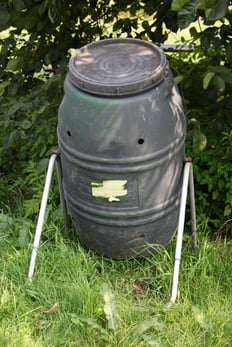
If you’re new to composting, have a rodent-phobia, or just want a really awesome way to get great compost fast, don’t be a hero or an idealist. Just get a tumbler.
It makes turning your compost fast and fun:
- They come in a bunch of different sizes
- They're affordable (we got ours at Wayfair)
- Your compost breaks down super-fast, and
- (Most importantly) no critters can get in.
Yes, we still work to keep a good ratio of carbon to nitrogen, we put worms in there whenever we find them. But unlike a traditional compost barrel, a tumbler is very forgiving for the novice.
If we go on vacation, get busy, or have house guests who try to “help” by composting things that shouldn’t be composted, we don’t have to worry about it or sit there guarding our compost bin with a sawed off shotgun like a couple of lunatics.
If you’re a composting newbie and want to make it easy on yourself -- but unhospitable to the wildlife and vermin around you -- invest a little extra in a good tumbler. Preferably one with a stand that’s easy to turn.
You, your garden, and your sanity will thank you for it.
What is your experience? Do you have a composting blooper to share? How have you kept rodents out of your compost bin?
Share your rotten-food-wisdom in the comments section below.
Are you dreaming of having adventures on your own country land? View rural land for sale throughout the South on our parent company's website, RaydientPlaces.com.


